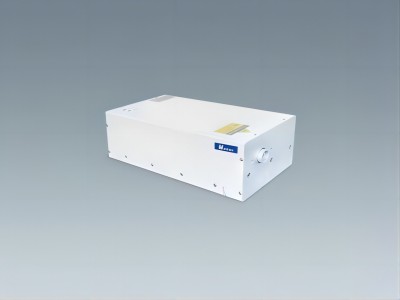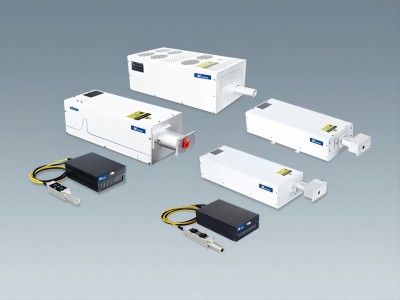News & Blog
- Blog (22)
- News update (10)
Recent Blogs
- Technical Breakthrough and Application of Micro Ultraviolet Laser September 6, 2024
- What’s the laser weeding? August 30, 2024
- What is Wafer Scribing August 23, 2024
- What laser is better for cutting diamonds August 13, 2024
- Unlocking the Potential of Laser Processing for Graphite: Applications, Advantages, and Data Insights August 13, 2024







